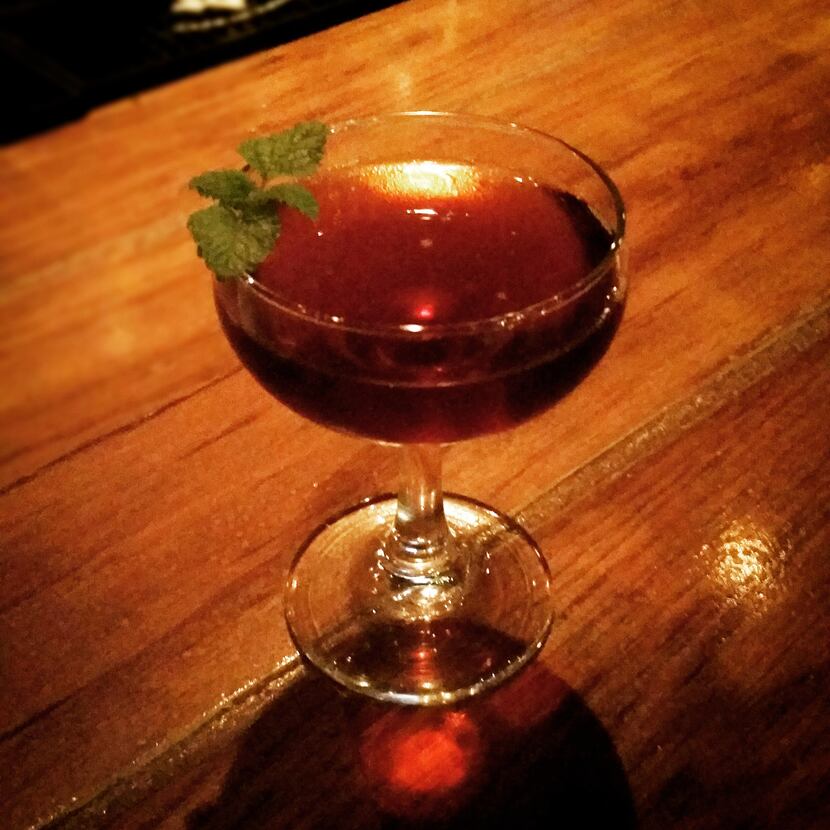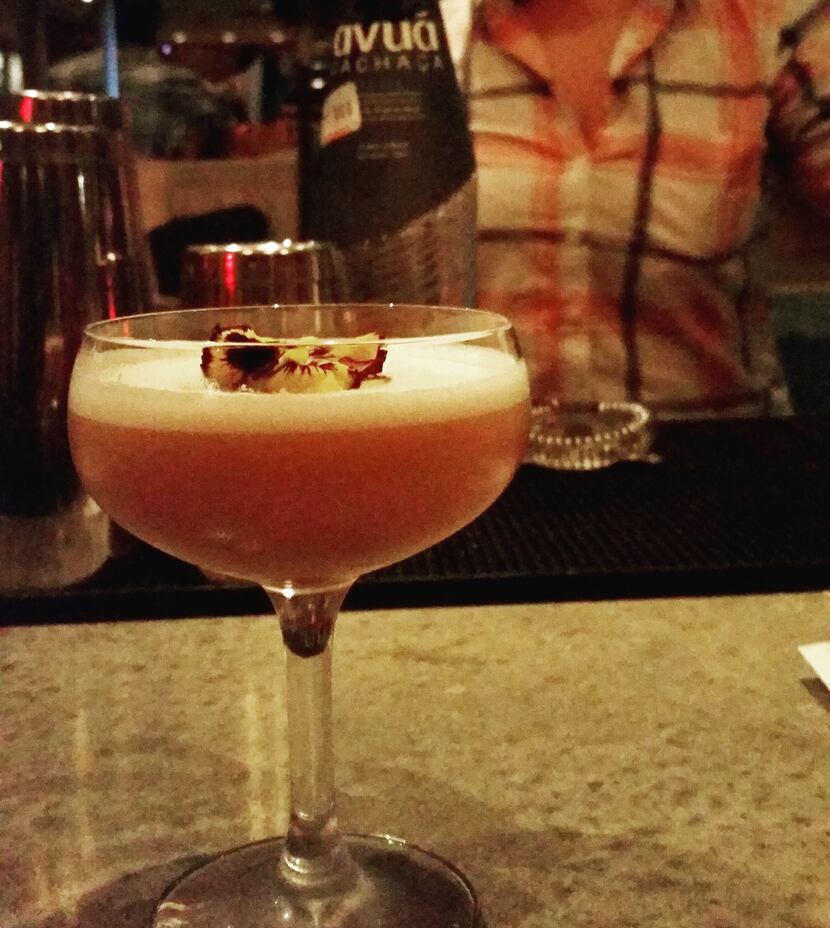If the main reason you don't drink cachaça is because you don't know how to pronounce it, let 2016 be the year you add this word to your vocabulary. Brazil's national spirit--the foundation of the classic caipirinha - is quickly earning love among the craft-cocktail community, and here's 10 reasons you should embrace it, too.
1. You can say it.
Come on, it's easy. The little curlicue on the second C -- called a cedilla -- means it's a soft C, see? Ca-CHA-sah. Now you're well on your way to Brazilian spiritual enlightenment.
2. It has a cool pedigree.
While cachaça is often considered the rum of Brazil (and is actually defined as such by the U.S. Alcohol and Tobacco Tax and Trade Bureau), it actually predates rum. Dating to the 15th century, this is some OG distillate. "In the same way that genever is the grandfather of gin, cachaça is the grandfather of rum," says bar manager Spencer Shelton of Bolsa, in Oak Cliff.
And while most rums are distilled from molasses, a byproduct of sugar processing, cachaça is distilled from fermented sugar cane juice. Cachaça's taste is often compared to subtle banana or tropical fruit, with a bit of grassiness. Meanwhile, aged cachaças develop in barrels made from any of a variety of indigenous South American woods that, in addition to the caramel-vanilla notes produced with oak aging, can impart hints of garden herb, nuttiness and even spiced bread.
3. The Caipirinha, of course.
It's a ridiculously simple and refreshing classic cocktail: Just muddle some lime and sugar, drop in some ice, add 2 ounces of cachaça (unaged) and stir. Garnish with a lime wedge. It's a Brazilian Old Fashioned.

4. Caçhacas are getting better.
As with pisco, Brazilian producers have sensed the growing international thirst for quality spirits and now craft premium cachaças made for sipping. As the Wall Street Journal noted, the Brazilian Cachaça Institute offered tastings for business groups attending the 2012 World Cup, and no doubt more promotional imbibing is in store for this summer's Olympic Games in Rio.
Cachaças now star in cocktails beyond the Caipirinha: At Parliament, in Uptown, bartender Jesse Powell's mixes Ypioca cachaça with pineapple syrup, matcha green tea powder, water and Angostura bitters to make his Matcha Macho Man cocktail, while way up in Castle Hills, TBD Kitchen's Daniel Guillen has two cachaça cocktails on the menu, including a frozen Caipirinha and another featuring Avua's aged Amburana.
5. Avua Amburana.
If you're looking to explore aged cachaças, this increasingly available spirit from Avua (Ah-VWAH) is an outstanding starting point, with an aroma, as Serious Eats put it, "like a fantastic rice pudding." Aged up to two years in South American Amburana wood and made by a family-owned business run by one of Brazil's few female distillers, it offers gorgeous depth and great versatility. "It's got cinnamon, nutmeg, buttery notes that you don't get from oak," says Bolsa's Shelton.
6. Also, because these four cocktails.

7. Rio Julep (Spencer Shelton, Bolsa)
Shelton's cocktail - featured in the February issue of Saveur - was inspired by a version of the classic Boulevardier made with Cynar instead of Campari (both Italian bitter liqueurs). Using Avua Amburana in place of bourbon, Shelton cut out the drink's typical vermouth and spiced up its herbal elements with mint and grapefruit bitters. Shelton admires Amburana for its ability to stand out in a cocktail despite its seemingly delicate character. "The first time I tasted this, I thought it would get lost in a cocktail," he says. "But no - it has this really interesting way of sitting on top and being predominant."
Save The Date (Ashley Williams, Boulevardier)
A few blocks away from Bolsa, Avua Ambruana again shines in this wonderfully balanced variation on a classic Sour. Williams sweetens the drink with a savory tamarind concentrate and rounds it out with a hint of bittersweet Amaro Meletti along with a template of citrus, egg white and Angostura bitters. A radiant and aromatic flower resting atop the foam seals the deal.

9. The Dread Pirate Roberts (Andrew Stofko, Victor Tangos)
This tasty number has more accents than a Tarantino film. Stofko started out with Avua's unaged Prata (silver) cachaça and grapefruit liqueur and went from there, adding hopped grapefruit bitters to accent the liqueur, cinnamon syrup to accent the cachaça and Angostura bitters to accent the cinnamon. A squeeze of lemon and a boost of French herbal bitter Suze to dry it out, and you've got "probably the most complex cocktail on the menu," Stofko says. It's like a tart apple pie, but if there's an actual pirate Roberts, don't tell him I said so.
10. The Drink With No Name (Gabe Sanchez, Black Swan Saloon) Sanchez rarely names his creations, and he doesn't need to, because his Deep Ellum speakeasy has no official menu. Just ask him for his cachaça cocktail (remember: Ca-CHA-sah) and you'll get his mix of Avua Amburana, herbal-floral Yellow Chartreuse and China China, a bitter orange-spice liqueur. The result is a drink whose date bread depths could stand up to winter but are delicate enough for spring.

